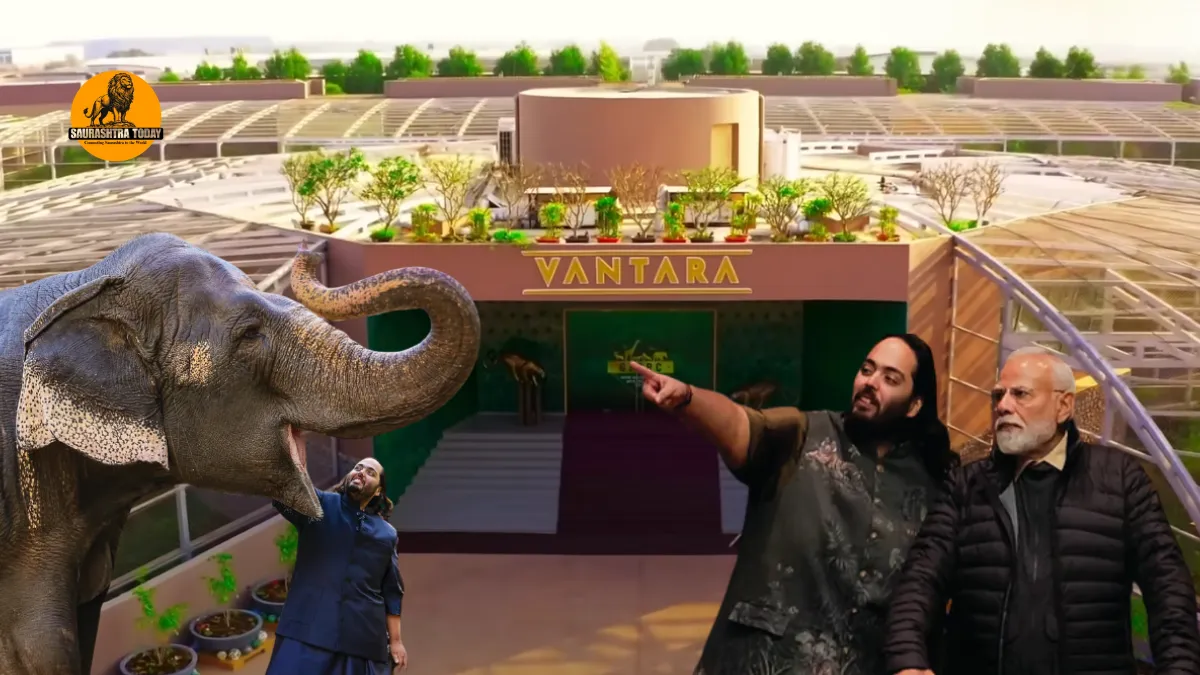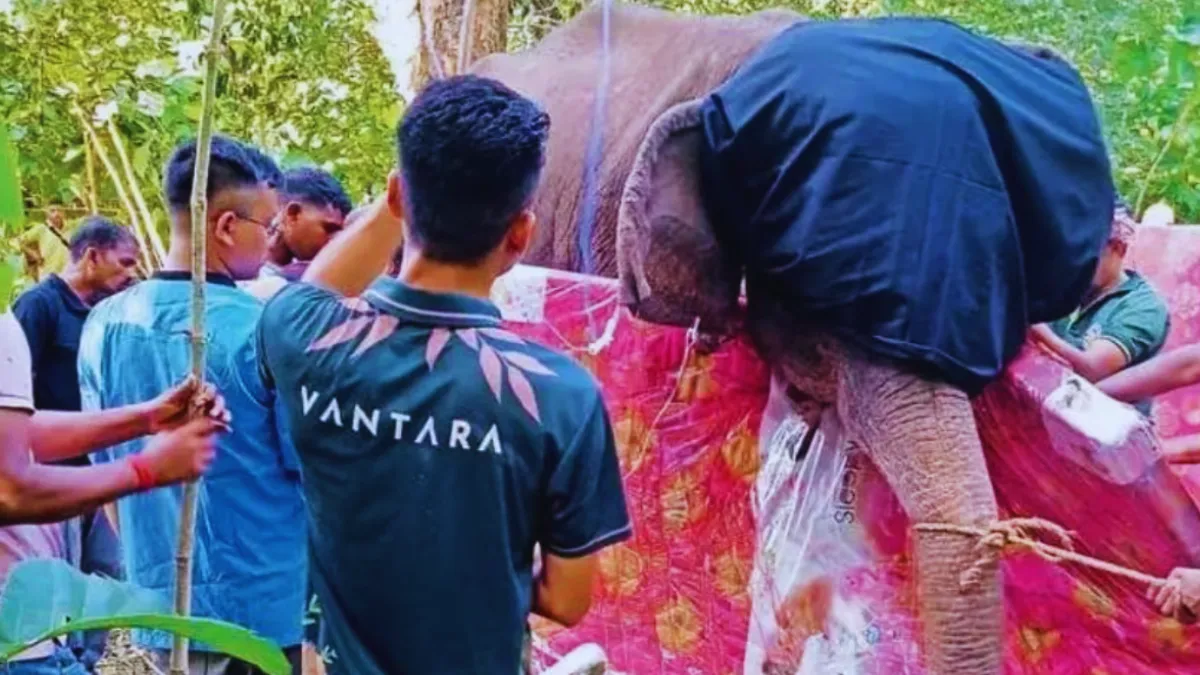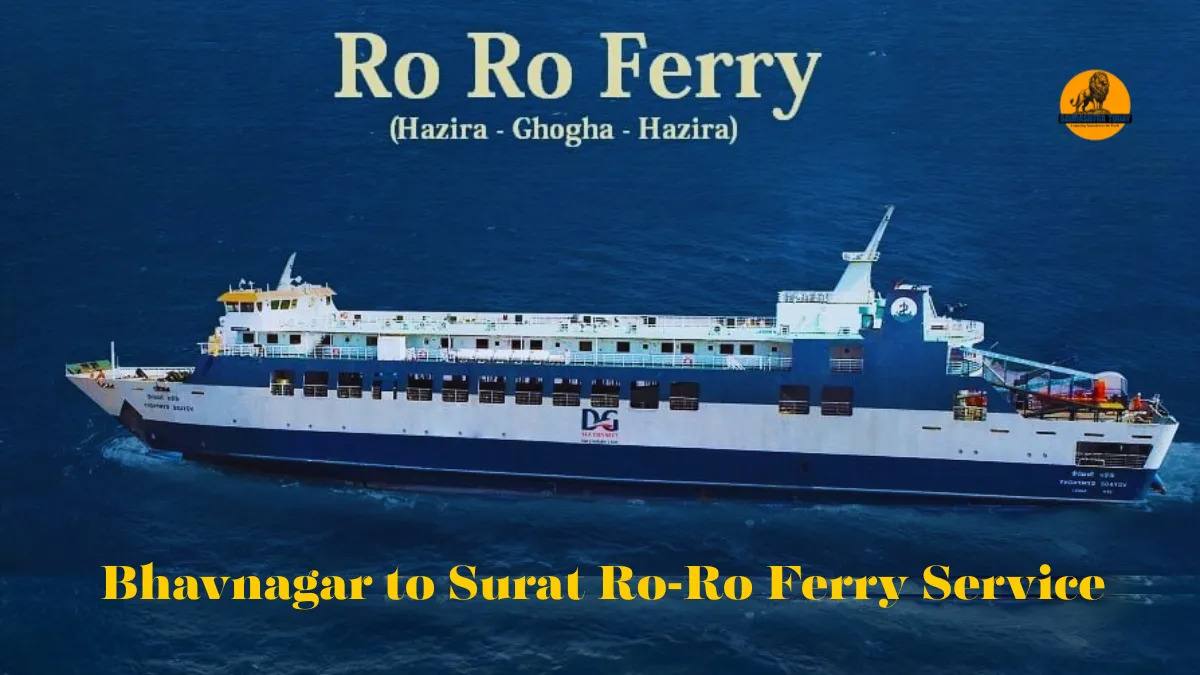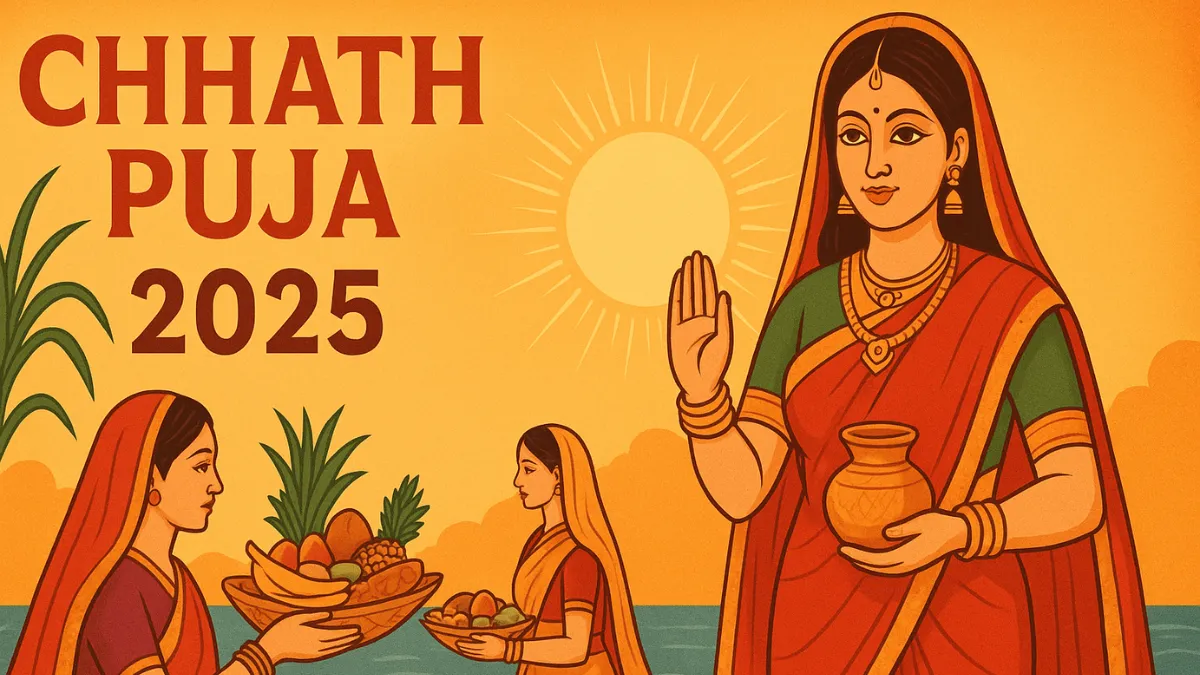Vantara, the Green Zoological Rescue and Rehabilitation Centre in Jamnagar, Gujarat, has once again come under the national spotlight. On August 25, the Supreme Court of India directed the formation of a Special Investigation Team (SIT) to conduct an independent fact-finding inquiry into serious allegations surrounding the facility.
The decision has sparked debates on wildlife conservation, compliance with Indian and international laws, and the growing role of private entities in animal care and rehabilitation. While Vantara claims to be one of the world’s largest animal rescue and rehabilitation centres, the allegations suggest irregularities in acquiring animals, particularly elephants, and questions about its adherence to legal and ethical standards.
The Supreme Court’s Decision
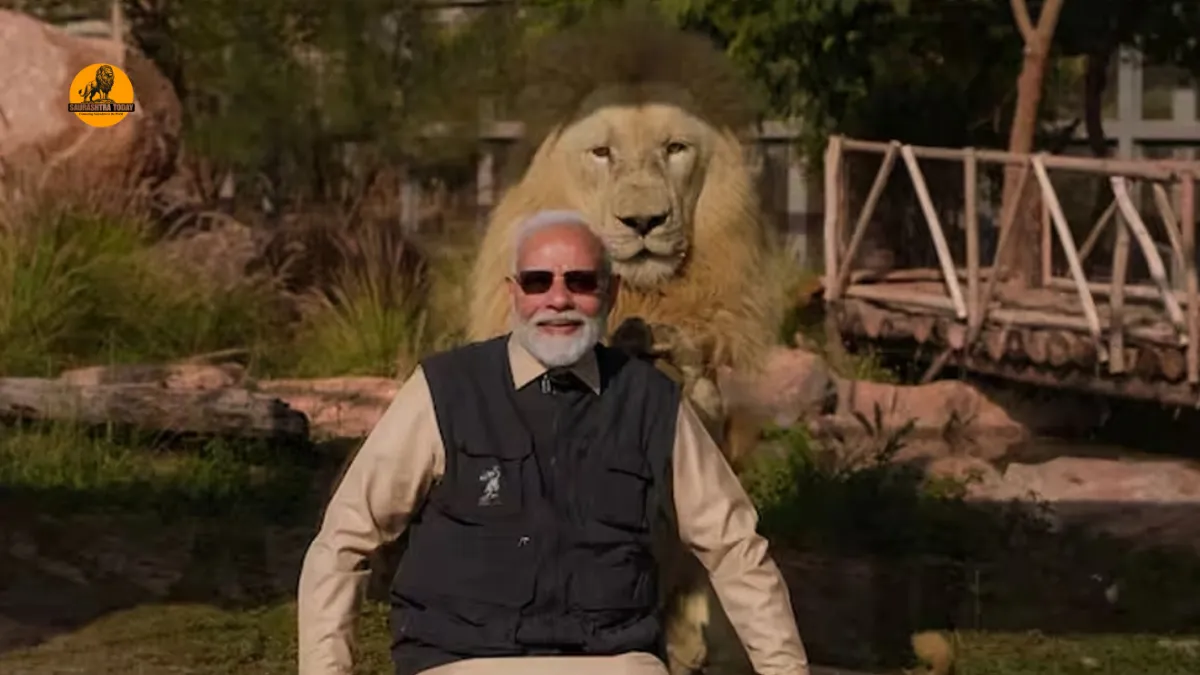
A bench comprising Justice Pankaj Mithal and Justice P. B. Varale ordered the constitution of a four-member SIT, led by former Supreme Court judge Justice J. Chelameswar. The SIT’s task is to conduct a neutral fact-finding inquiry into Vantara, based on public interest litigations (PILs) that accused the facility of violating Indian wildlife laws and international agreements.
The other members of the SIT include:
- Justice Raghavendra Chauhan (retired, former Chief Justice of Uttarakhand and Telangana High Courts)
- Hemant Nagrale, former Mumbai Commissioner of Police
- Anish Gupta, retired IRS officer
According to the Supreme Court, this step was necessary to ensure that the allegations, many of which were based on NGO complaints, media reports, and social media discussions, are examined thoroughly. The SIT has been asked to submit its report by September 12, 2025, and the case will be revisited by the court on September 15, 2025.
Why Vantara Is Under Scrutiny
The PILs alleged that Vantara may have acquired elephants and other wild animals in ways that conflict with the Wildlife Protection Act, 1972, the Zoo Rules, and international treaties such as the Convention on International Trade in Endangered Species of Wild Fauna and Flora (CITES).
The Core Allegations Include:
- Illegal acquisition of elephants from temples, private owners, and possibly through international channels.
- Violation of import-export laws related to endangered species.
- Failure to comply with animal welfare standards, including veterinary care, mortality reporting, and husbandry practices.
- Concerns about the facility’s location near an industrial zone, raising questions about climate suitability and environmental impact.
- Possibility of Vantara being a vanity project rather than a genuine conservation initiative.
- Allegations of wildlife smuggling, trade in animal parts, and biodiversity misuse.
- Financial irregularities, including money laundering concerns.
The petitioners argued that despite these allegations, statutory authorities have failed to act, either due to incapacity or unwillingness. This inaction, they said, justified judicial intervention.
What the Supreme Court Clarified
Interestingly, the apex court emphasized that forming an SIT does not imply guilt or wrongdoing on Vantara’s part. Instead, the exercise is meant to establish facts so the judiciary can make informed decisions.
The court explicitly stated:
- The SIT is not an investigative agency like the CBI but a fact-finding panel to assist the court.
- The order does not cast doubt on statutory authorities or Vantara itself.
- The inquiry will help verify whether allegations have any legal or factual basis.
This clarification is critical because Vantara is a private initiative supported by Anant Ambani of the Reliance Group and has often been projected as a pioneering model for animal care in India.
Vantara’s Role in Wildlife Rescue
Established as a large-scale conservation and rescue project, Vantara positions itself as a sanctuary for injured, rescued, and abandoned animals. Spread across thousands of acres in Jamnagar, it houses elephants, lions, leopards, exotic birds, and other species, both Indian and foreign.
The centre highlights its efforts in:
- Rescue and rehabilitation of abused animals
- Medical treatment and veterinary care through modern facilities
- Conservation breeding programs for endangered species
- Awareness and education about wildlife preservation
However, critics argue that despite its claims, the lack of transparency in animal acquisition and care practices raises red flags.
The Elephant Controversy
At the heart of the petitions lies the issue of elephants. India has strict regulations regarding captive elephants, often worshipped in temples or used in cultural and religious contexts.
The petitions allege that:
- Elephants were forcibly taken from temple trusts and private owners.
- Their transfer to Vantara lacked due legal process.
- Some elephants may have been brought from foreign countries without proper permits.
The petitioners demanded that captive elephants in Vantara be returned to their original owners and that all wild animals housed there be released back into the wild.
The Supreme Court, however, found this demand vague and unsubstantiated without factual verification—hence the SIT intervention.
Scope of SIT Investigation
The SIT has been tasked with examining multiple aspects:
- Acquisition of animals – legality of both domestic and international transfers.
- Compliance with laws – Wildlife Protection Act, CITES, import-export rules.
- Animal welfare standards – veterinary care, mortality records, husbandry practices.
- Environmental conditions – suitability of Jamnagar’s climate and location near industries.
- Conservation vs vanity project – whether Vantara genuinely contributes to biodiversity preservation.
- Financial scrutiny – compliance with financial laws and any money-laundering concerns.
The SIT has the authority to collect data from:
- Petitioners
- NGOs and wildlife organisations
- Journalists
- Government authorities
- Regulators and independent experts
Broader Implications for Wildlife Conservation in India
This case has wider consequences for India’s approach to wildlife conservation and private sector involvement.
Key Questions Raised:
- Should private individuals and corporations be allowed to build large wildlife facilities?
- How can India balance animal welfare and cultural traditions such as temple elephants?
- What role should international treaties like CITES play in regulating private sanctuaries?
- How can transparency and accountability be ensured in animal acquisitions?
The answers to these questions could shape future policies and determine whether centres like Vantara are seen as models or cautionary tales.
Also read: Vantara: A Sanctuary Offering Hope for Wildlife and Humanity
Reactions From Wildlife Activists
Wildlife activists and NGOs are divided.
- Some welcome the SIT, calling it a chance to expose irregularities in Vantara’s operations.
- Others worry that the controversy may overshadow genuine conservation work being done at the centre.
For many, the case is not just about one facility but about the future of captive wildlife management in India.
Timeline of Events
- August 14, 2025: SC calls the plea vague but allows Vantara to be impleaded as a party.
- August 25, 2025: SC forms SIT under Justice Chelameswar.
- September 12, 2025: SIT to submit its fact-finding report.
- September 15, 2025: Case to be heard again in the Supreme Court.
This timeline indicates the urgency with which the court wants clarity on the matter.
Also read: Gujarat Reports 286 Lion and 456 Leopard Deaths in Two Years Amid Spotlight on Vantara India
Looking Ahead
The Vantara inquiry is not just about elephants or one facility—it is about the intersection of law, conservation, and private power in India. The outcome could influence:
- Future regulations for private zoos and rescue centres
- The way animals are acquired, housed, and rehabilitated
- India’s global image in wildlife protection
For now, the nation waits for the SIT’s report, which could either vindicate Vantara’s claims of being a world-class rescue centre or validate concerns about violations and misuse of wildlife laws.
Also read: Is Vantara Legal in India? Legal, Ethical, and Conservation Insights
Conclusion
The Supreme Court’s order to form an SIT marks a critical moment in India’s wildlife governance. While Vantara has projected itself as a beacon of animal rescue and rehabilitation, the allegations it faces cannot be brushed aside.
The fact-finding inquiry will determine whether it stands as a model of private conservation or a cautionary example of unchecked power. Either way, the decision underscores the importance of transparency, compliance, and accountability in wildlife conservation efforts.
As India balances cultural heritage, modern conservation practices, and international obligations, the Vantara case could set a precedent for decades to come.
